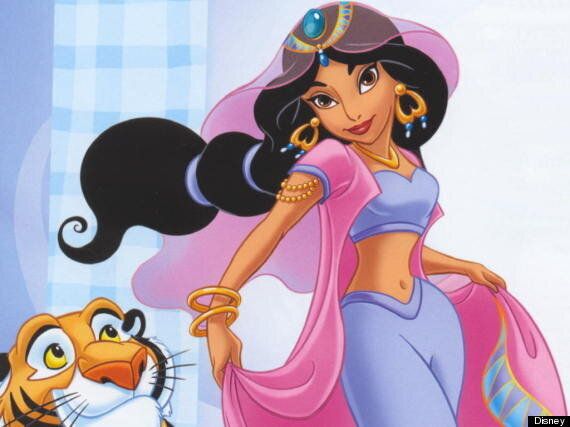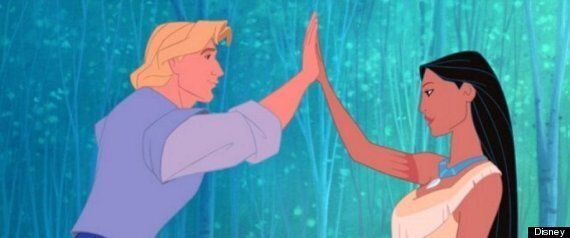The timeless and enchanting Walt Disney film Cinderella, about a beautiful but unfortunate girl who's rescued by her fairy godmother, is part of many people's childhoods.
This week the film, one of Disney's most beloved masterpieces, was rereleased on Blu-ray high definition with enhanced picture and sound.
To celebrate it reaching a whole new generation of girls (and boys) who will no doubt soon be demanding blue puffy ball gowns and glass slippers from their parents, I spoke to Disney historian and author Paula Sigman Lowery about the evolution of key Disney female characters like Cinderella.
Asked how animation styles for Disney characters have evolved over the years, Lowery explained: "Things move a lot faster in animation in general today... the stories don’t unfold in the way Cinderella originally did in 1950."
And she added: "It's a little different now in that they’re starting to cast more well-known actors to do the voices whereas in the early days they very often cast radio actors who really knew how to act with their voices."
I pitched five of the best female Disney characters (a hotly-debated subject) to Lowery to find out in what way Cinderella, Ariel, Snow White, Princess Jasmine and Pocahontas are a reflection of the era in which their films were made. Here's how she sees it:
Cinderella 1950
When you think about the movies of the 1950s, and also the television shows of the late-1950s and early-1960s, women were often portrayed in a role where they did what people told them to do. Unfortunately that’s the role that Cinderella has. She is not in control of her destiny; she’s got a stepmother who is telling her what to do and she has to obey. Perhaps that was a little bit easier for audiences to take in those days because very often a woman’s domain was the household; it wasn’t going out into the world of business.

Ariel (The Little Mermaid) 1989
She’s a young teenager and a rebellious one. I think that’s universal, but the stories that were being told in the 1980s echoed Ariel’s search for independence and the relationship she has with her father.

Snow White 1937
She was really very young, a girl of 14 or 15. When Walt Disney was a young man he saw the 1916 version of Snow White and he remembered that story. When he wanted to do his first animated movie he thought it was perfect because, as he said, it had the girl, the prince and the villain. I think of it as being less about the character of Snow White herself as it is about the fairy tale story, but she was the first cartoon character that was believable for an audience and someone you could really care about.

Princess Jasmine 1992
She’s really the first one to go out and say “I’m not going to live my life with people telling me what to do”. She plans to go out and live her life having absolutely no idea what it takes. She doesn’t carry money with her and she’s like a girl going out into the mall saying “I’ll have this” and “I’ll take that” with no concept of the reality. But she’s also very self-sufficient; Aladdin is trying to protect her and she’s showing him in many ways that she can take care of herself, as many women in 1992 were doing.

Pocahontas 1995
The very strong relationship Pocahontas has with nature and the world around is very reflective of the global awareness of the mid-1990s. Then there’s her sense of wanting to move forward without knowing what’s around the river bend. She’s not content with a safe, easy life; she wants something more, which is what she shares with all these Disney female characters. They’re not going to give up on that wish.

Cinderella Diamond Edition is available now on Disney Blu-ray™
Watch the slideshow below for our thoughts on what happened to Disney's princesses after 'happily ever after'. Do you agree? Share your thoughts in the comments.